The aftermath of a sewage backup or overflow presents a formidable challenge, posing significant health risks and property damage. However, amidst the chaos and distress, effective Sewage cleanup solutions emerge as the beacon of hope, offering a path towards restoring order and safety to affected environments.
Sewage cleanup is a multifaceted process that demands meticulous attention to detail and adherence to stringent safety protocols. Central to the cleanup effort is the removal and disposal of contaminated water and waste. Water restoration professionals equipped with specialized equipment and protective gear undertake this hazardous task with precision and caution, ensuring that no trace of sewage remains to jeopardize the health and well-being of occupants.
Moreover, sewage cleanup encompasses thorough disinfection and sanitization procedures to eradicate harmful pathogens and bacteria lingering in the aftermath of the incident. Industrial-grade disinfectants and antimicrobial agents are deployed to sterilize surfaces, furnishings, and building materials, leaving no room for microbial proliferation or cross-contamination.
In addition to addressing visible contamination, sewage cleanup extends to the detection and remediation of hidden moisture and structural damage. Advanced moisture detection tools such as thermal imaging cameras and moisture meters enable restoration professionals to pinpoint moisture pockets lurking beneath surfaces, facilitating targeted drying and dehumidification efforts. By eliminating excess moisture and promoting optimal drying conditions, the risk of mold growth and secondary damage is mitigated, preserving the integrity of the property.
Furthermore, sewage cleanup involves the removal and disposal of contaminated materials that cannot be salvaged or restored. Porous materials such as carpets, upholstery, and drywall may absorb sewage contaminants, rendering them unsalvageable and posing a continued health hazard if left in place. Prompt removal and disposal of these materials prevent further contamination and expedite the restoration process, allowing affected spaces to be restored to a safe and habitable condition.
Beyond the physical cleanup efforts, effective sewage cleanup solutions prioritize communication and collaboration with property owners, insurers, and regulatory authorities. Transparent communication ensures that all stakeholders are informed of the cleanup progress, potential health risks, and necessary precautions. Additionally, collaboration with environmental health agencies and regulatory bodies ensures compliance with applicable regulations and standards, safeguarding public health and environmental integrity.
In conclusion, sewage cleanup is a complex and challenging endeavor that requires expertise, diligence, and a commitment to safety. By implementing comprehensive cleanup solutions that address contamination, moisture mitigation, and structural restoration, water restoration professionals can restore order and safety to environments affected by sewage incidents. In the face of adversity, sewage cleanup emerges as a beacon of hope, offering a pathway towards recovery and renewal.
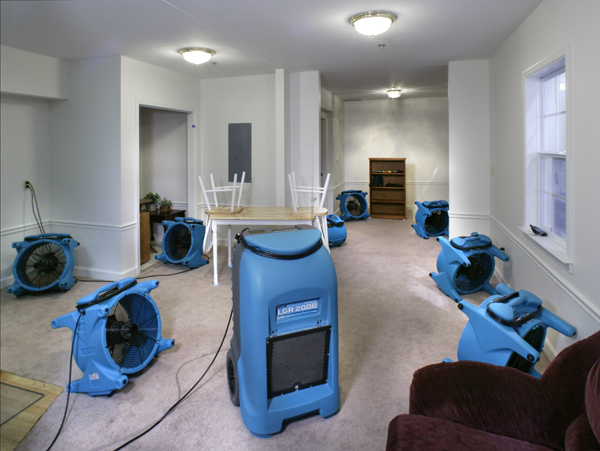
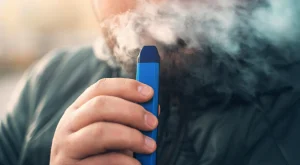
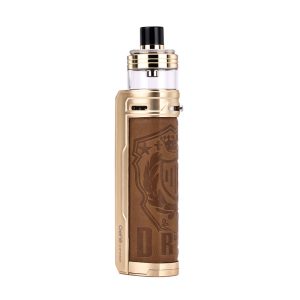
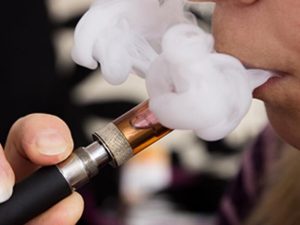
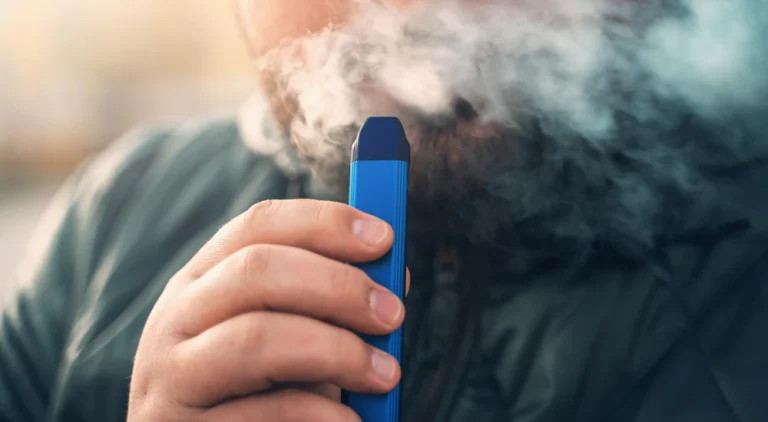
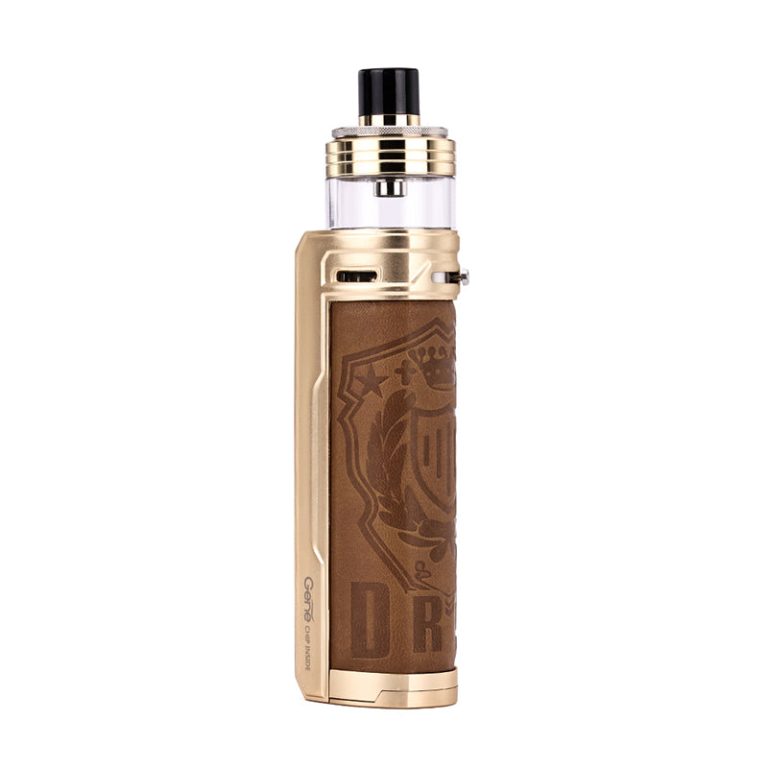
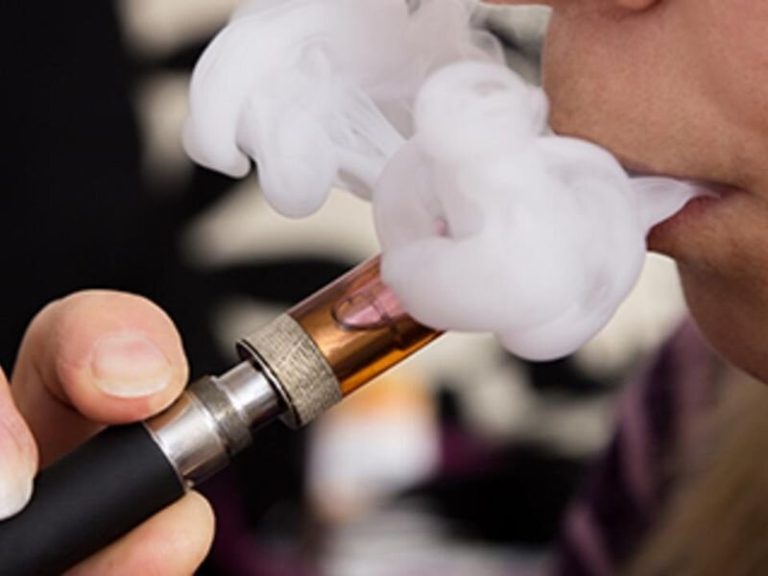

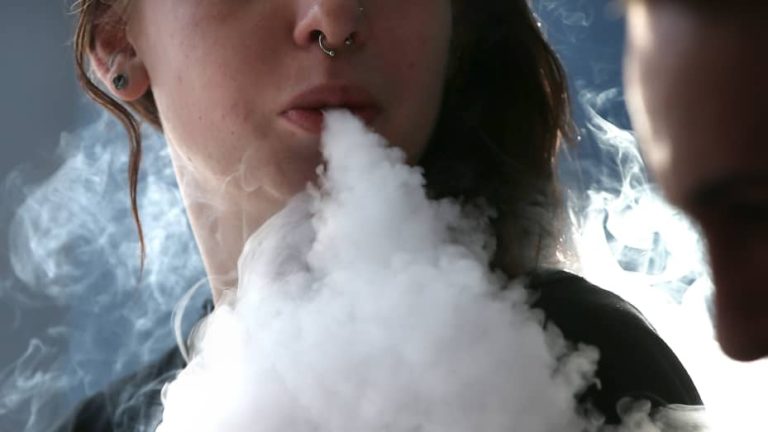
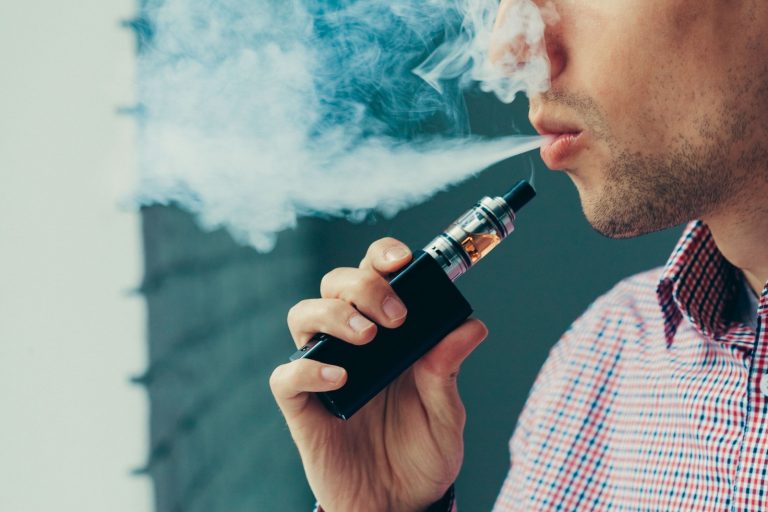
+ There are no comments
Add yours